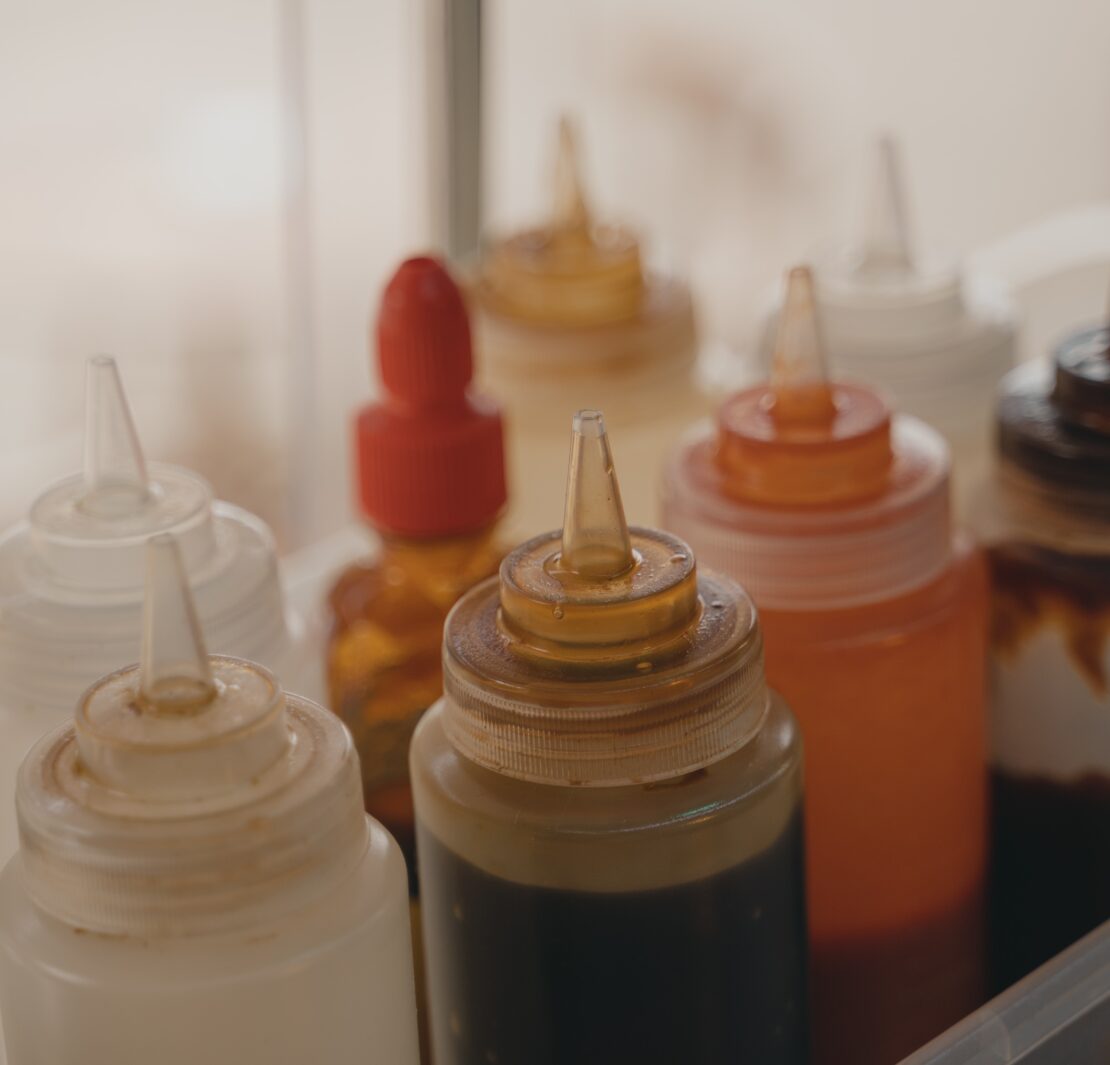What You Need to Know
As someone with a number of food sensitivities, intolerances, and even allergies, I try to stay mindful of potential health hazards in the food industry. One concern that’s been on my radar for some time is the use of red dye 40 in food products.
More recently, there’s been a lot of controversy surrounding the use of this food additive, with many people asking, “Is Red Dye safe?” or “Is Red Dye bad?” In this article, I explore Red Dye 40, its controversy, potential side effects, studies on safety, alternatives, and how to avoid it. So stay tuned!
What is Red Dye 40?
Red Dye 40 is a synthetic food coloring frequently used in many food and beverage products. It’s a bright red dye commonly used in candies, baked goods, cereals, drinks, and medicine.
The Controversy Surrounding Red Dye 40
The controversy surrounding Red Dye 40 stems from concerns over its safety. Some studies have suggested that consuming large amounts of Red Dye 40 can lead to hyperactivity (in children), and some people have reported sensitivities or allergic reactions to the dye, including hives, swelling, and difficulty breathing. Some people have also reported migraines and other headaches after consuming products containing Red Dye 40.
The Safety of Red Dye 40
There have been several studies on the safety of Red Dye 40, with mixed results. Some studies have suggested that consuming large amounts of the dye can lead to hyperactivity in children, whereas others haven’t seen the correlation.
Understanding the FDA’s Stance on Red Dye 40
The FDA considers Red Dye 40 safe in small amounts. They have a set limit Red Dye 40 food products can have and requires manufacturers to list the dye on product labels. But they also acknowledge that some people may be more sensitive than others and might experience side effects from even small amounts. The FDA advises you to avoid products containing Red Dye 40 if you are concerned about it.
*Some consumer advocacy groups argue that the FDA’s tests are not rigorous enough and that more research is needed to determine the long-term effects of consumption*
How to Watch Red Dye 40 in Your Diet
If you’re concerned about the safety of Red Dye 40 or want to eliminate it from your diet, there are several alternatives available. Food manufacturers now use natural food dyes, such as beet juice or turmeric, which are safer and more environmentally friendly. If you want to avoid it, carefully read product labels or, if you’re eating out, ask if foods contain the dye. Many restaurants will happily accommodate your request and provide you with alternatives.
The Takeaway
The question of whether or not Red Dye 40 is safe is a complex one. Although the FDA considers it safe for consumption in small amounts, some people are more sensitive than others and might experience side effects. If you’re sensitive or want healthier alternatives, pay close attention to product labels the next time you’re at the grocery store. Your body will thank you for it.

